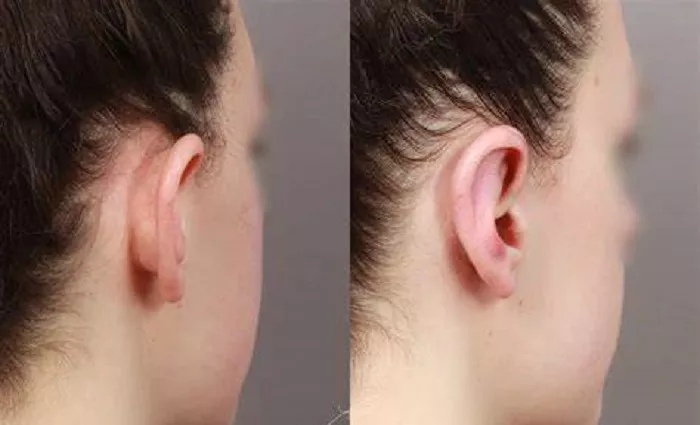Incisionless otoplasty is a minimally invasive procedure designed to correct protruding ears without the need for traditional surgical incisions. This technique has gained popularity due to its reduced recovery time and minimal scarring. A common question among patients is whether the results of incisionless otoplasty are permanent.
What is Incisionless Otoplasty
Incisionless otoplasty involves the use of specialized sutures inserted through small punctures behind the ear to reshape and reposition the ear cartilage. Techniques such as the Fritsch method and the Merck stitch method are commonly employed. These methods aim to create a natural-looking ear contour without visible scars.
Fritsch Method
The Fritsch method utilizes permanent, non-absorbable sutures placed through small needle punctures to reshape the ear. This technique avoids cutting the skin and relies on the body’s natural healing process to maintain the new ear position .
Merck Stitch Method
Developed by Dr. W.H. Merck, this method also uses permanent sutures placed through tiny incisions behind the ear. The sutures are tightened to reposition the ear closer to the head, and the cartilage is left intact, reducing the risk of complications .
Longevity of Results
Studies and clinical experiences have shown that the results of incisionless otoplasty can be long-lasting. The body’s natural healing process forms internal scarring around the sutures, helping to maintain the new ear shape for years [source]. However, the permanence of the results can vary depending on factors such as the technique used, the patient’s age, skin elasticity, and adherence to postoperative care instructions.
Advantages of Incisionless Otoplasty
- Minimally Invasive: No large incisions or removal of cartilage.
- Reduced Recovery Time: Patients often return to normal activities within a few days.
- Minimal Scarring: Small punctures heal quickly with little to no visible scarring.
- Local Anesthesia: Procedure is typically performed under local anesthesia, reducing risks associated with general anesthesia.
Considerations and Risks
While incisionless otoplasty offers many benefits, it’s essential to consider potential risks:
- Suture Complications: Rare cases of suture extrusion or granuloma formation.
- Recurrence: In some instances, ears may gradually return to their original position.
- Asymmetry: Slight differences in ear positioning may occur.
Choosing an experienced practitioner and following postoperative care instructions can minimize these risks.
Conclusion
Incisionless otoplasty is a promising alternative to traditional ear surgery, offering lasting results with minimal invasiveness. While individual outcomes may vary, many patients experience permanent improvements in ear appearance. Consulting with a qualified specialist can help determine if this procedure is suitable for your needs.
Related topics:


